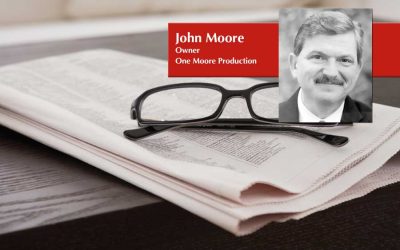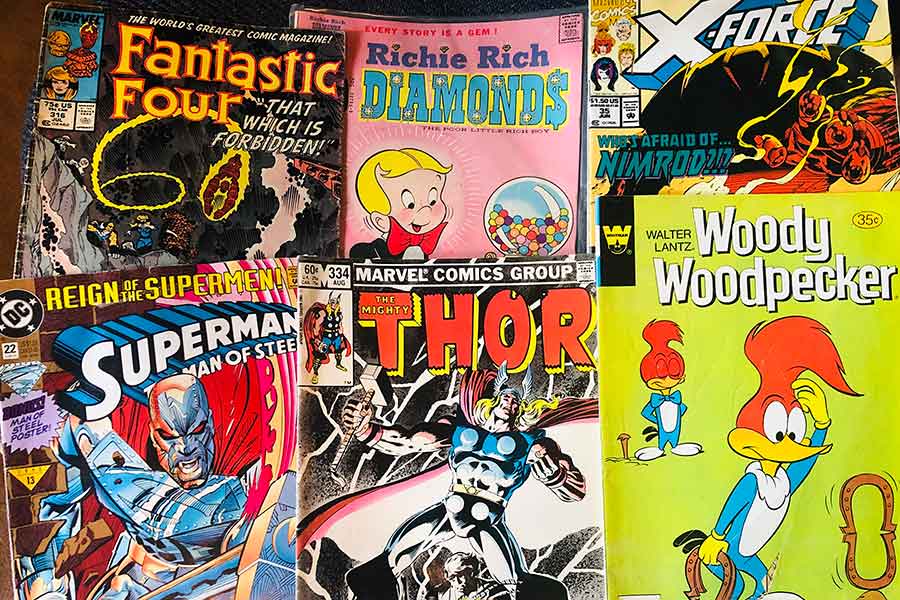You might recall the films, The Invisible Man, starring Claude Rains, and The Invisible Woman, starring Virginia Bruce. These works of fiction entertained audiences in the 1940s. But, it’s the 21st Century and it turns out invisible people really exist.
“They live among us in the guise of senior citizens,” according to Dan Weber, president of AMAC, a powerful senior advocacy organization.
San Francisco-based psychologist and psychotherapist Tamara McClintock Greenberg put it this way in an article for Psychology Today: “Why people are increasingly treated as if they’re invisible as they age (more prevalent it seems, for women) is curious, though perhaps not surprising. We live in a youth-fixated culture where people are afraid to age and to be vulnerable to growing older; where ideals about attractiveness are oriented around those with young, healthy bodies.”
Groups such as AMAC, the Association of Mature American Citizens, exist and thrive, in part, because the fast growing population of senior citizens in the U.S. is determined to be seen and heard, says Weber. “We are alive and well and, particularly when it comes to ageism, we are not going to take it anymore.”
Weber is not alone in his quest to eradicate the scourge of ageism in America. Author Ashton Applewhite, for example, has devoted herself to what might be called a movement to exposing and eliminating discrimination based on age. Among other things, she created a Web site, Old School, to be an ageism research resource.
“The messages are everywhere that old is not as good as young. We are ageist any time we make an assumption about a person or a group of people on the basis of how old they appear to be. Ageism has not been challenged in the culture at large,” says Applewhite. And, according to her, that is as unacceptable as racism, sexism and any other form of discrimination.
You might say that Applewhite is on a crusade and her focus is on the youngest members of society because research shows that prejudices such as ageism are formed early in life. And, her Old School Web site is designed to provide teachers with anti-ageism tools and aids allow them to create a positive view of growing old.
Dr. John C. Cavanaugh, a Fellow of the Gerontological Society of America, also believes that youngsters need to be provided with a more affirmative attitude toward the elderly early on in the classroom. “Young people have a skewed view or even a blank spot when it comes to this population. From pre-school to high school, a lot of students don’t get any exposure to issues of aging,”
AMAC’s Weber is in full agreement with Applewhite and Cavanaugh that we need to teach our kids to not only respect their elders but to also see them as productive members of society with something to contribute. But, he says that Hollywood has a lot to answer for when it comes to promoting a dismissive attitude toward older Americans.
And he cites a study conducted by Humana and the University of Southern California that concluded Hollywood ridicules seniors in the movies.
Films have an impact on how our children view life, in general, Weber points out. “Thus, the negative portrayal of ageing in the movies and on TV has the insidious effect of making discrimination based on age not so cruel, but rather ‘cool’ in the minds of youngsters.”
From the Association of Mature American Citizens


















0 Comments